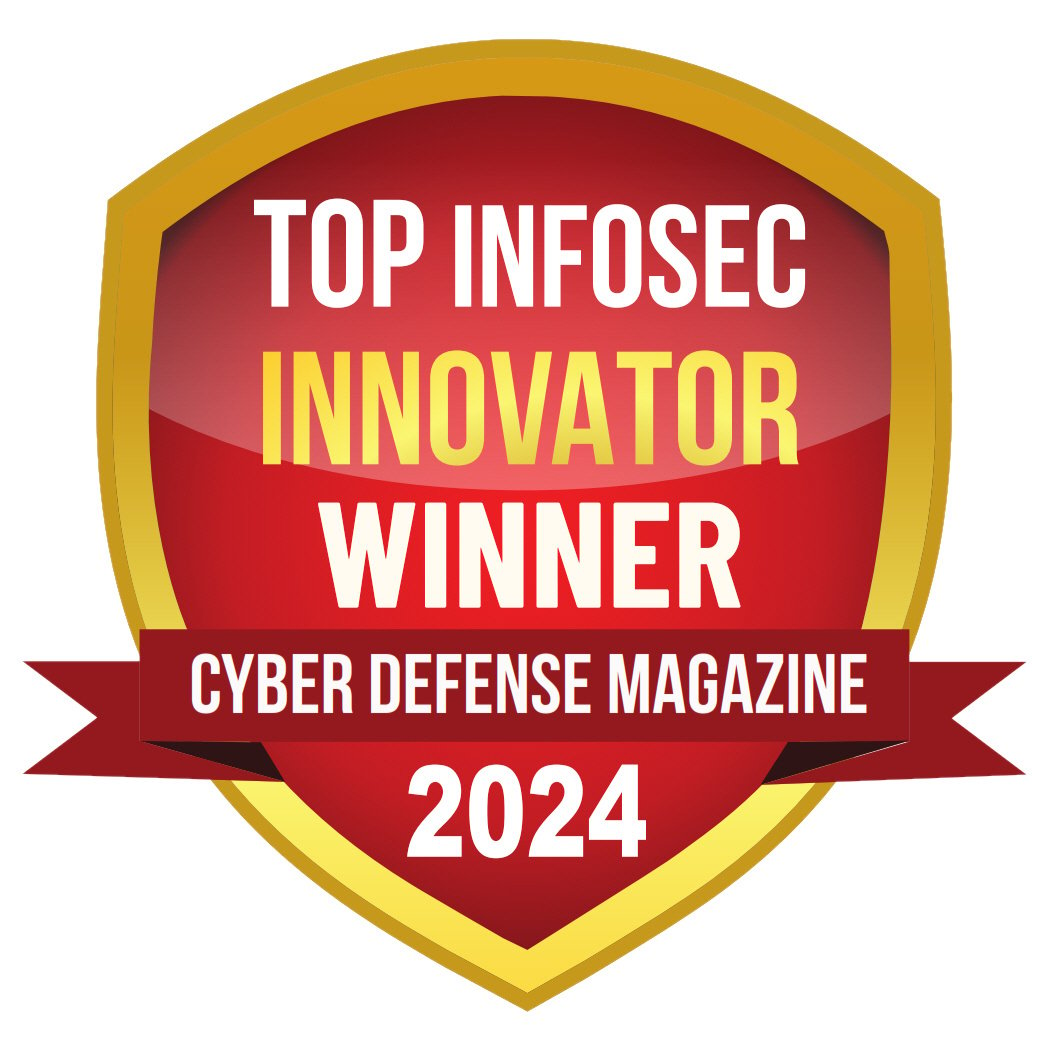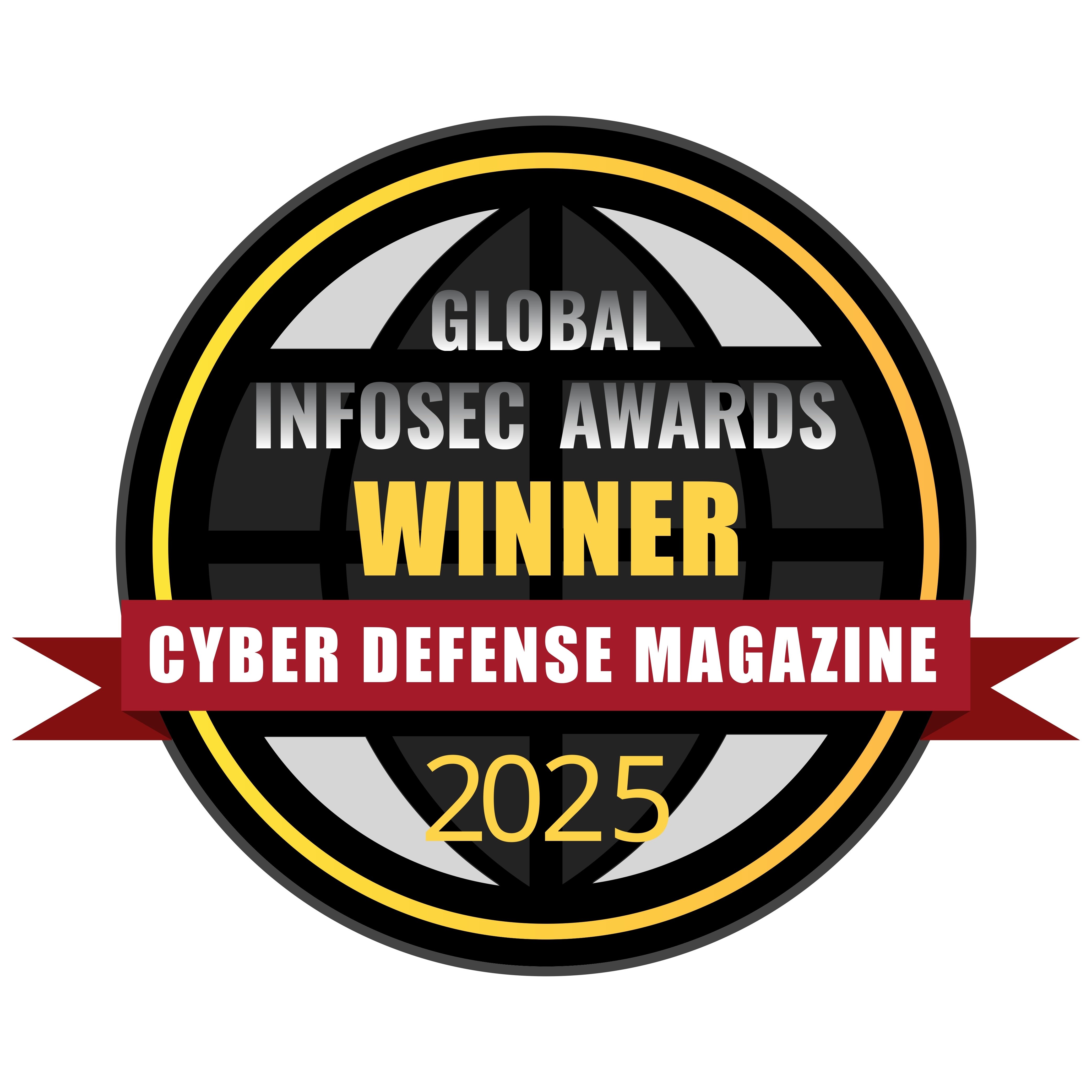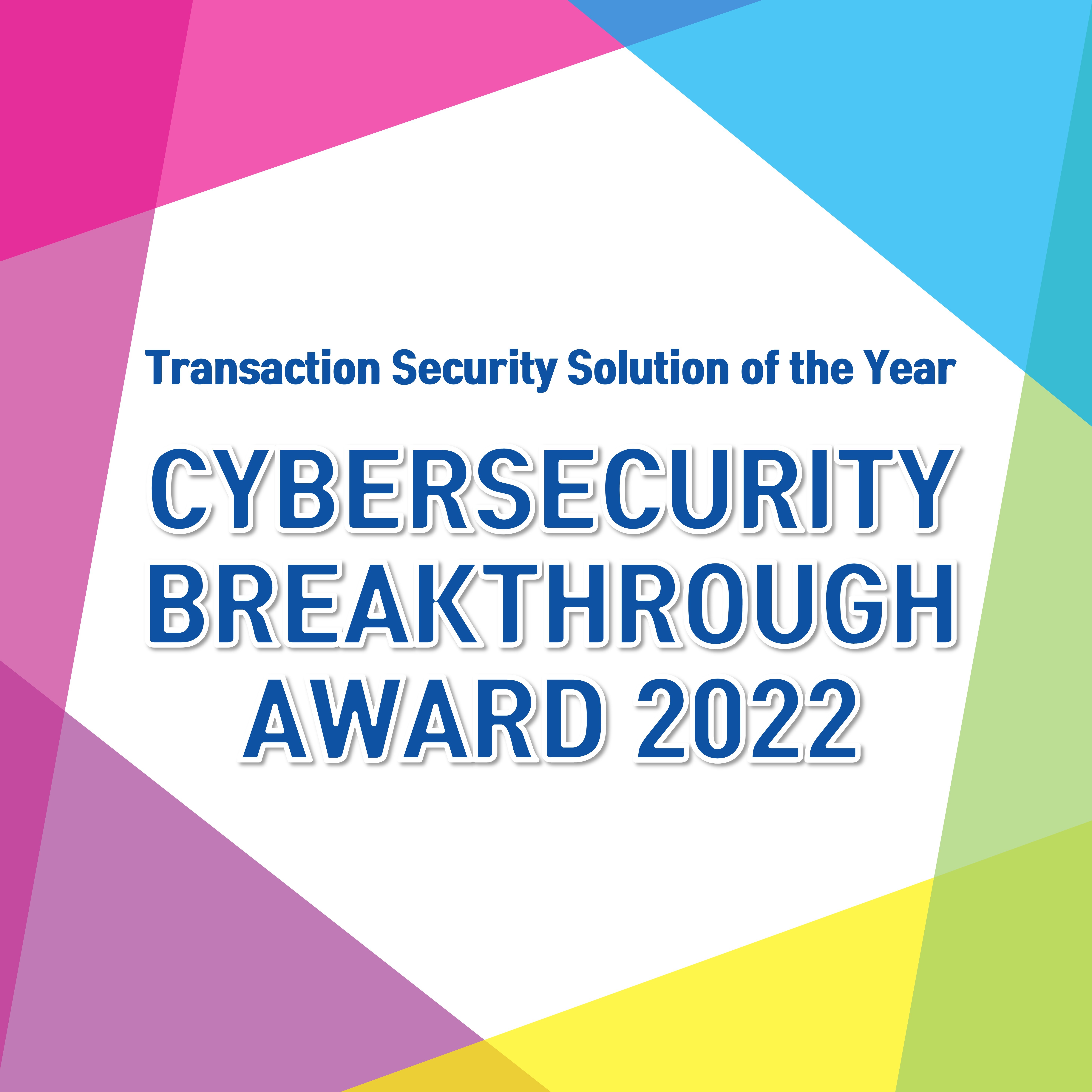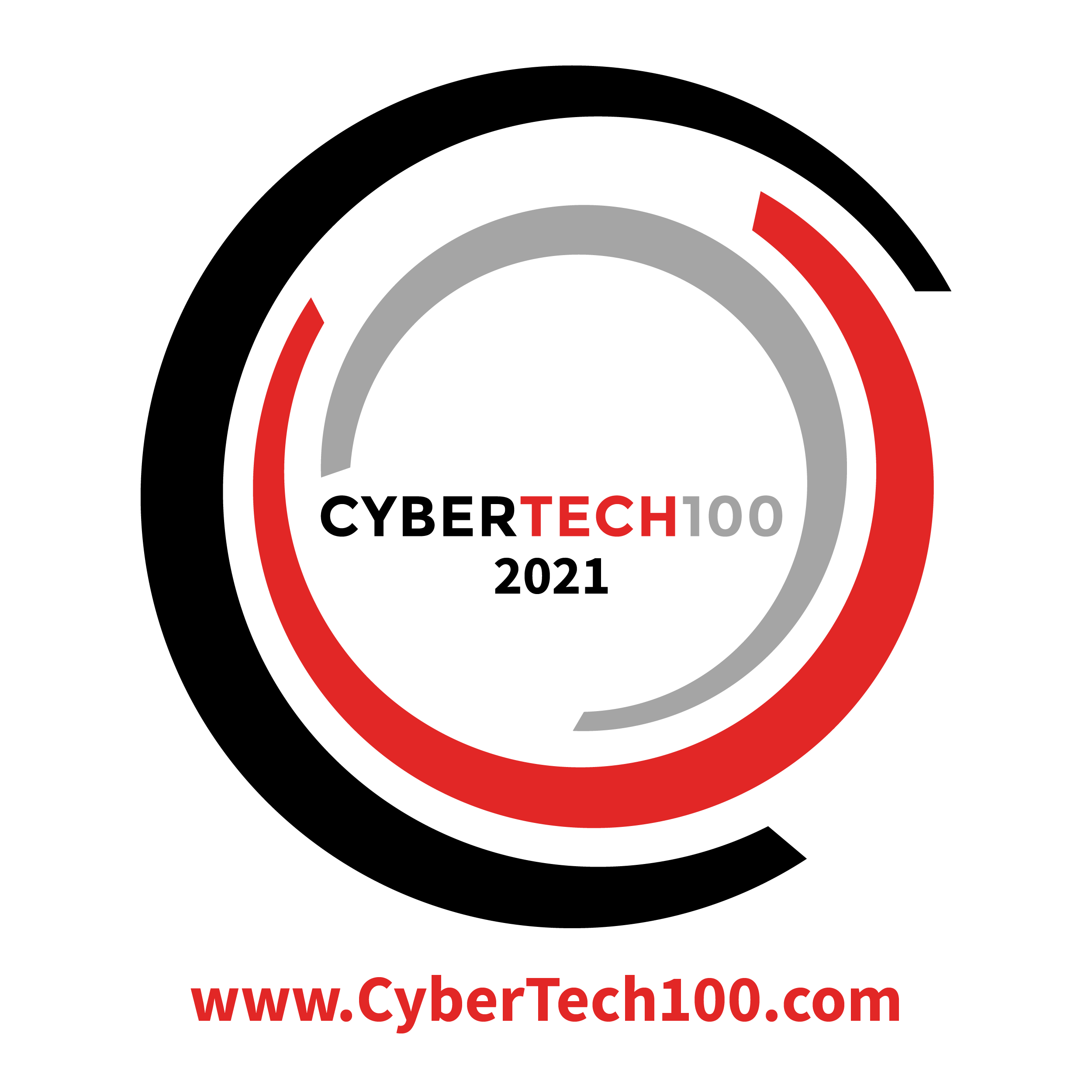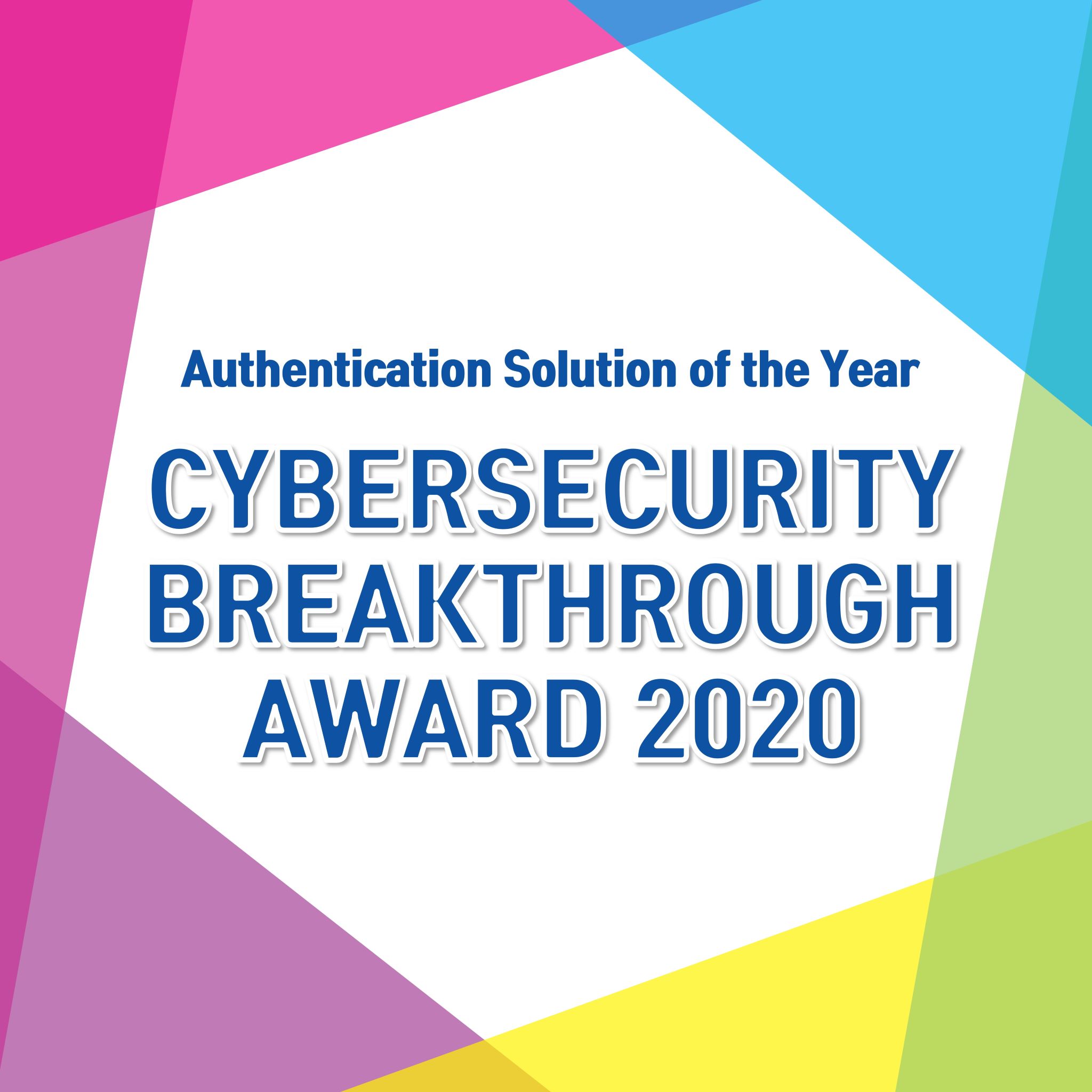Fortifying Telecom Networks for a Resilient Future
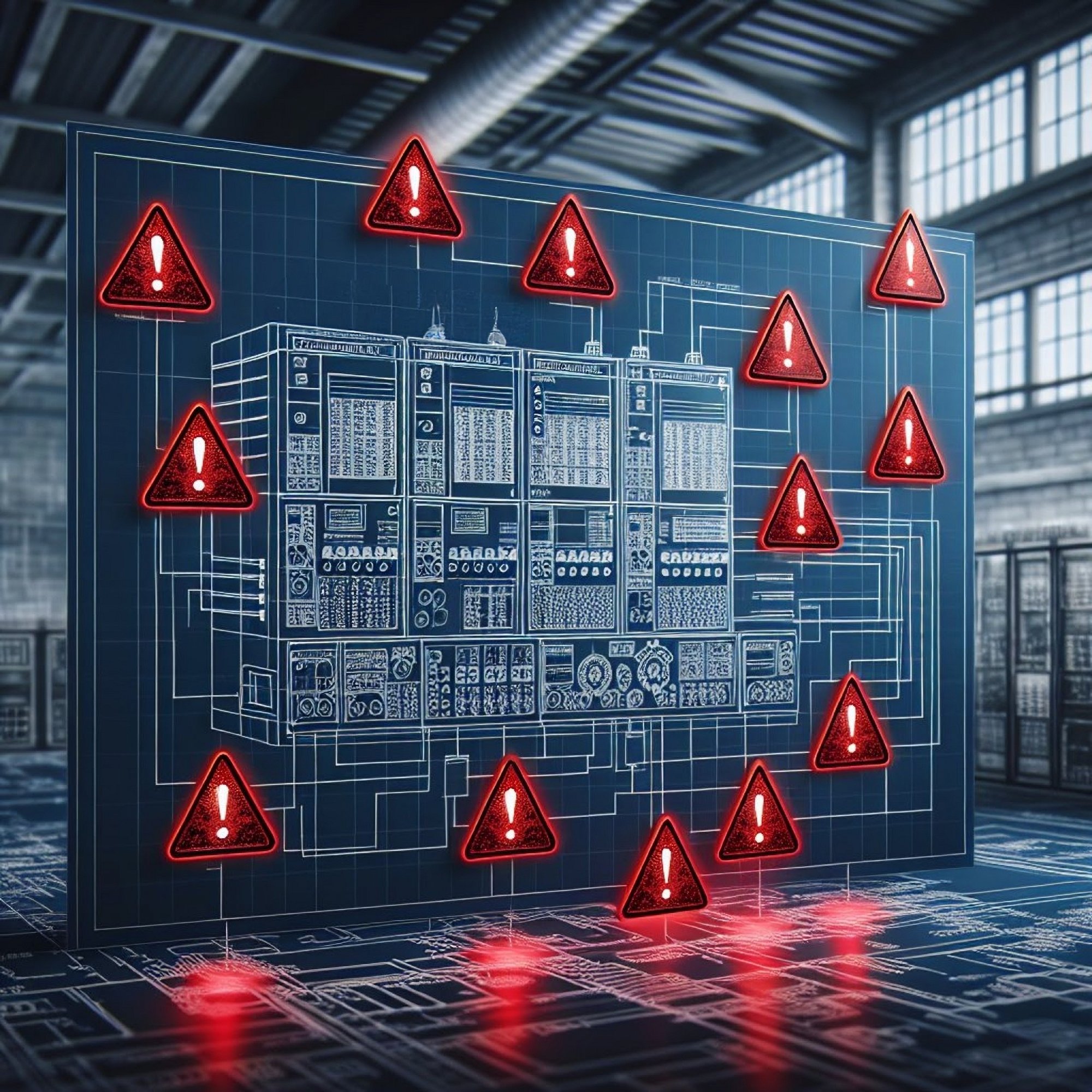
Cyber Risks in Telecommunications
Internet Telecommunications companies manage vast amounts of sensitive data, making them prime targets for cyberattacks. Securing these networks is a significant challenge, especially as telecoms provide critical communication infrastructure and support IoT-enabled services.
The Growing Threats to National Security and Daily Operations
Telecom companies manage communication networks that, if breached, could disrupt national security and day-to-day operations. Cyberattacks can compromise the availability and integrity of these systems, causing widespread damage. As telecoms expand into 5G, IoT, and smart infrastructure, the risks grow, necessitating robust cybersecurity strategies to ensure the protection of vital systems.
Notable Cyberattacks on the Telecommunications Industry

2025: Major Data Breach of South Korea’s Leading Mobile Operator
In April 2025, South Korea’s largest mobile operator suffered a significant data breach, exposing the personal information of millions of customers. The breach resulted in financial and reputational damage, with the provider responding by replacing SIM cards for affected users and enhancing its cybersecurity measures.

2024: Major US Telecom Provider Data Breach
In 2024, a major US-based telecom provider experienced a breach when hackers exploited a vulnerability in its third-party cloud service provider, resulting in the exposure of millions of customer records. This breach highlighted the risks associated with third-party service dependencies in telecom operations.

2023: Australian Telecom Network Outage
In November 2023, a leading Australian telecom provider suffered a massive network outage, impacting millions of customers. The outage disrupted communication services and emergency systems, demonstrating the severe consequences of a cyberattack on telecom infrastructure and emphasising the need for network resilience.
Benefits of OTAC Solutions for Telecommunications
Telecommunications providers must ensure the security of their critical infrastructure, protecting OT networks and connected devices from emerging cyber threats. swIDch’s OTAC Solutions secure telecom environments by safeguarding both OT networks and connected devices, mitigating risks from unauthorised access and ensuring only trusted entities interact with the system.
Why Advanced Authentication is Critical for Securing Telecom Infrastructure
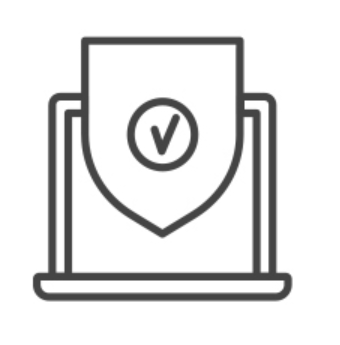
Enhanced Security for OT Networks
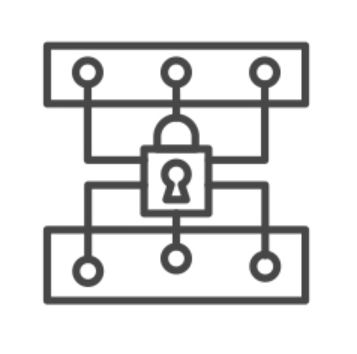
Protection of IoT Devices

Secure 5G Networks

Mitigation of Insider Threats
-1.jpg)
How OTAC Solutions Enhance Security in the Telecom Sector
Telecom networks are highly vulnerable to cyberattacks, and securing them requires robust and innovative authentication methods. swIDch's OTAC Solutions offer dynamic, network-independent authentication for telecom systems, providing critical protections against cyberattacks:.
How It Enhances Security in IoT & Smart Devices:
🔹 Ensures that only authorised users and devices can access telecom networks, reducing the likelihood of attacks.
🔹 Secures mobile and IoT networks by authenticating devices, ensuring that only trusted devices can connect.
🔹 Provides secure, network-independent authentication for remote workers accessing critical telecom systems.
🔹 Uses dynamic codes to eliminate the reliance on weak passwords, making it much harder for attackers to compromise systems.
By integrating swIDch’s OTAC solutions, telecom providers can strengthen infrastructure security, ensure reliable network operations, and protect against emerging cyber threats.
-1.jpg)
Telecommunications Security FAQs
-
OTAC ensures that only authorised users and devices access telecom infrastructure, significantly reducing the risk of cyberattacks.
-
swIDch secures connected devices by verifying their identity in real-time, preventing unauthorised access.
-
OTAC secures 5G networks by authenticating users and devices, ensuring only authorised connections to network resources.
-
Yes, OTAC works without requiring a network connection, making it ideal for remote or air-gapped networks.
Award Highlights
